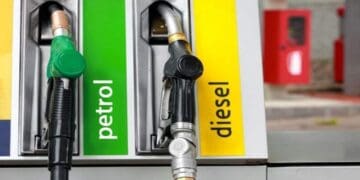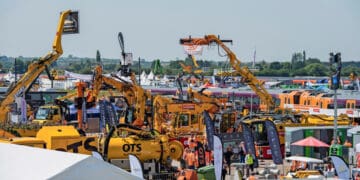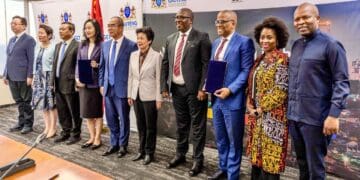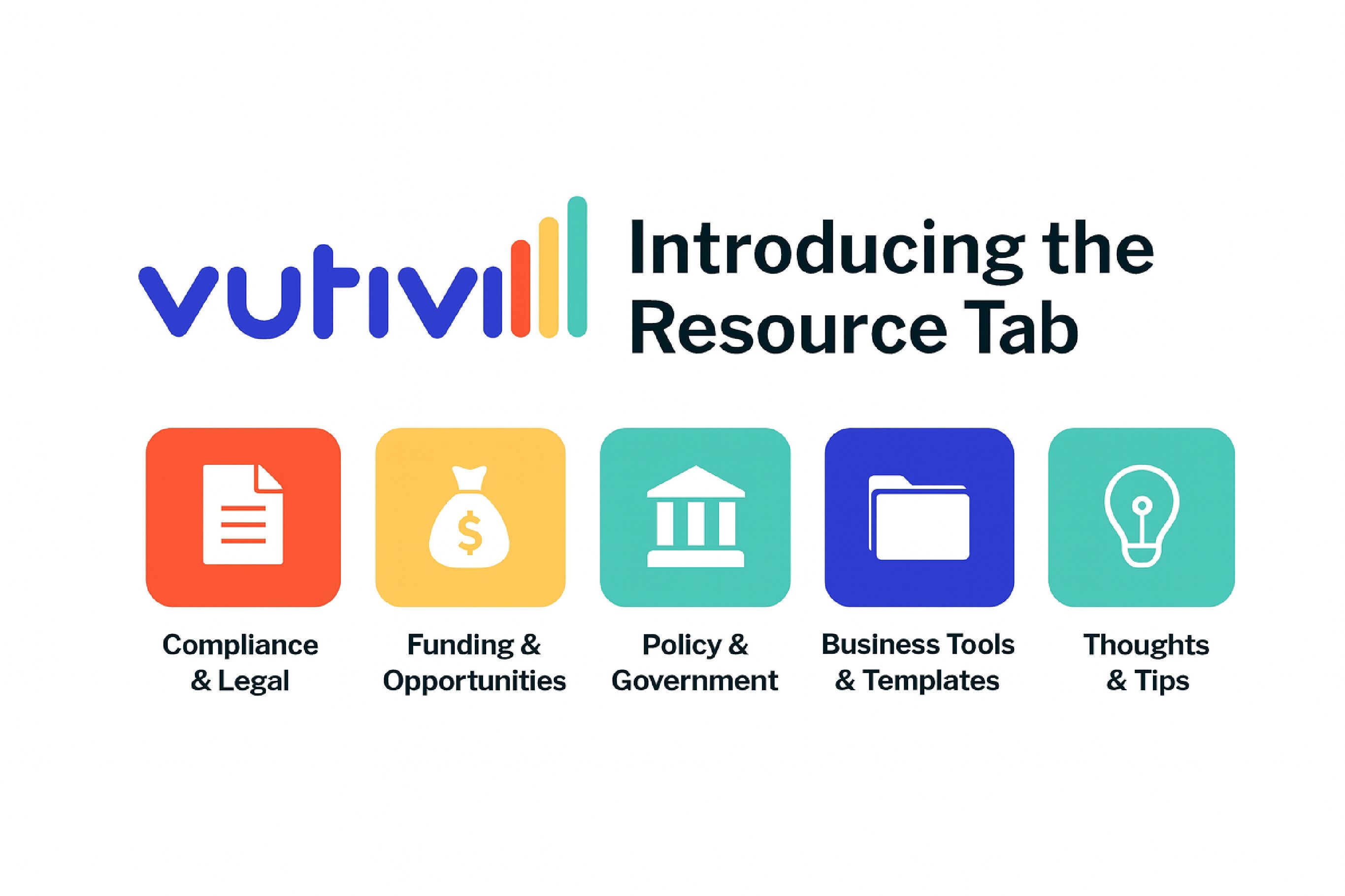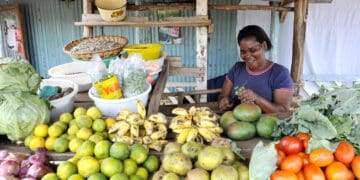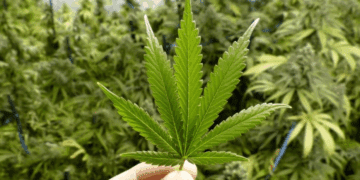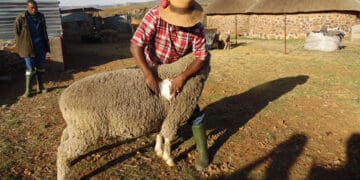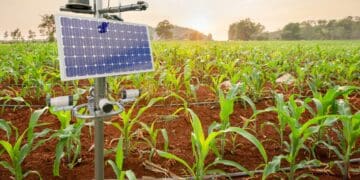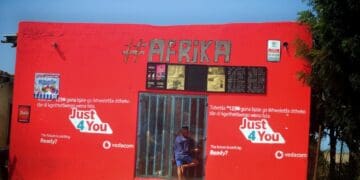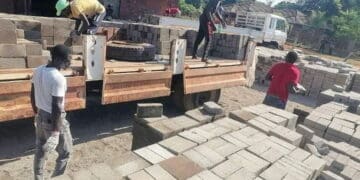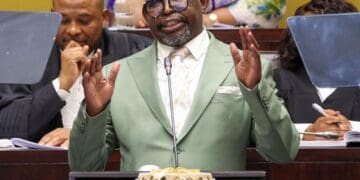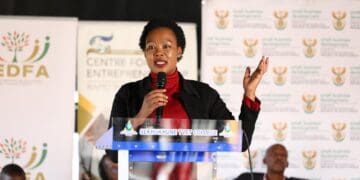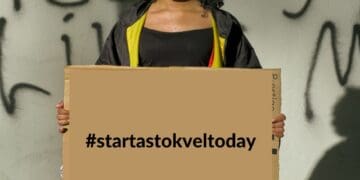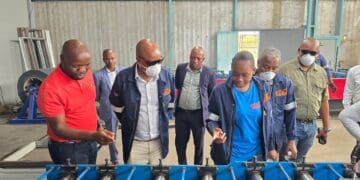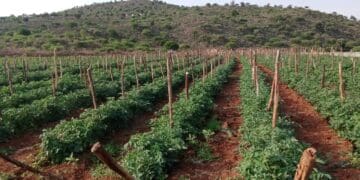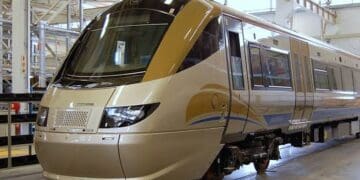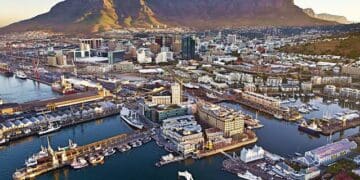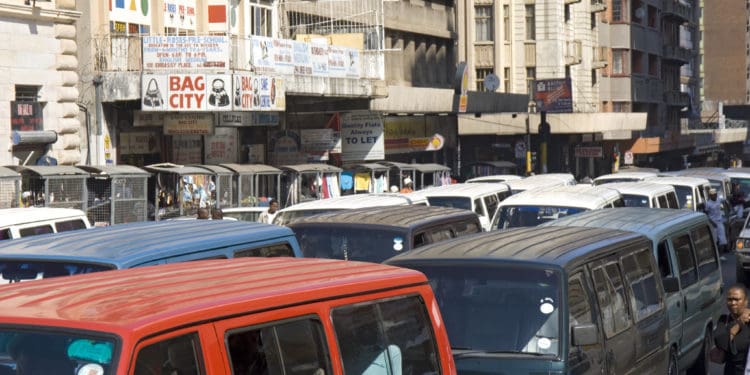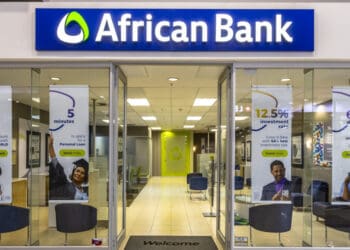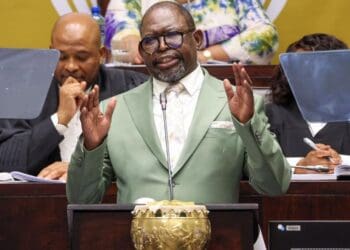South Africa’s growing population, increased economic activity and rising standards of living have resulted in more demand for road, rail, port, water, electricity, and telecommunications infrastructure. While the government has said it plans on focusing on infrastructure development to help boost the economy, it may not be easy due to the huge debt the country is facing including assisting ailing state electricity supplier Eskom and other SOEs.
Below I shall explore how these financial decisions will influence the growth, maintenance and roll out transport infrastructure.
Since the 2008 recession, the National Treasury’s view of economic growth has always been revised downwards and linked to a deteriorating economic base.
In 2019, Treasury reported its largest under-collection of tax revenue since 2009. In the 2020 budget review, the figure was revised to R62.3 billion as expected revenues from both income and consumption taxes, have been revised downwards due to a shrinking tax base.
For the next three years, allocations for the Municipal Infrastructure Grant (MIG) and public transport have been adjusted downwards, with the largest reductions applied to the human settlements and public transport sectors.
- Allocations for the human settlements sector have been reduced by R14.6 billion over the medium-term economic framework (MTEF) period. This will have direct implications on the subsidisation of servicing of sites, and bulk and connector infrastructure plans. In addition, the introduction of new conditional grants for upgrading informal settlements has been postponed until 2021/22. This means that essential transport imperatives for any human settlement will take a backseat.
- The municipal infrastructure grant is reduced by R2.8 billion over the same period, slowing provision of infrastructure such as water and electricity connections to poor households.
- Public transport spending is reduced by R13.2 billion over the next three years, mainly on allocations to the Passenger Rail Agency of South Africa (Prasa). There are worries that that this will further destroy Prasa’s poor infrastructure from rail lines to train stations, as well as the public transport network. This will negatively impact planning and implementation of integrated public transport networks of Buffalo City, Mbombela and Msunduzi.
Minister Mboweni stressed the need to direct constrained resources to areas that have a high social impact and are the largest economic multipliers. These include merging and consolidating public entities.
Over the MTEF, R815 billion has been allocated to infrastructure spending. State-owned companies continue to receive the largest portion.
SOEs receive 38%, local governments 24% and provincial departments 22%. The remaining budget was allocated to public entities, national departments, and public-private partnerships.
In supporting local economic development, municipalities have been allocated R426 billion from nationally raised funds over the next three years. Infrastructure spending is likely to receive a boost as new smart cities take shape at Lanseria, the City of Cape Town, King Shaka International Airport, and the Ekurhuleni Aerotropolis (OR Tambo International Airport).
While the current economic climate has restrained the government’s ability to generate revenue and impact its infrastructure spend, it does realise its importance. Despite heavy cuts, infrastructure has been allocated over R800 billion for the next three years.
But this picture may change dramatically when Mboweni gives his Medium Term Budget Policy Statement later this month.
Building generational wealth through family businesses
Celebrating Five Years of Empowering SMMEs
An exclusive event for entrepreneurs
by Vutivi Business News

